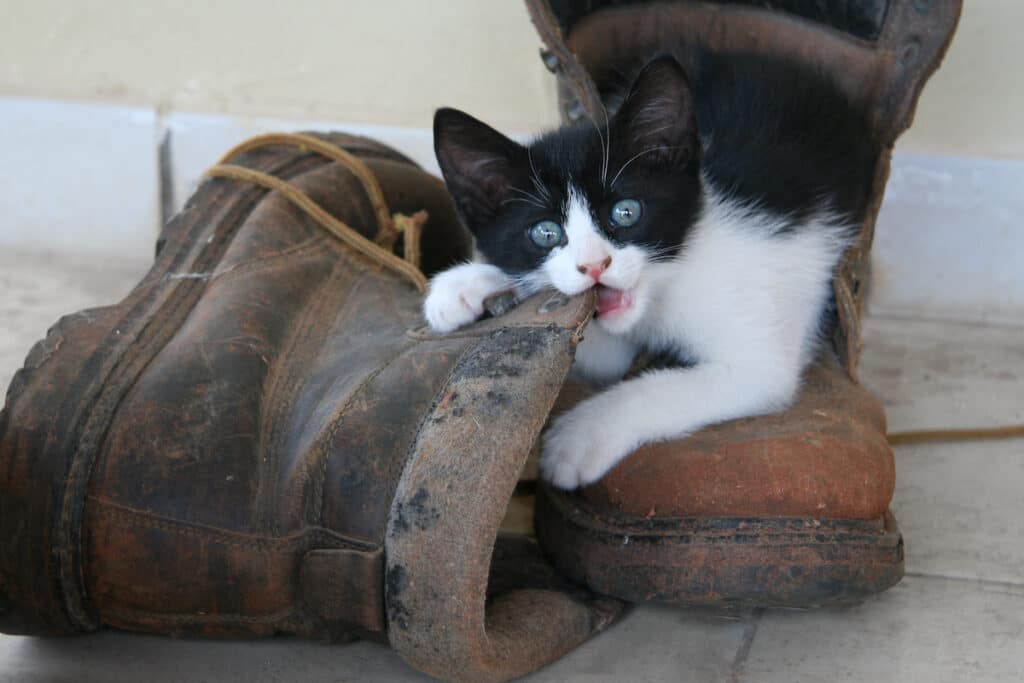Taking care of your cat should be a priority. There are many things you can do to ensure that you’re doing everything you can to keep your pet healthy. One of these things is ensuring that you’re treating it for any diseases. There are several different types of diseases that your cat could develop. Learn more about them and how to deal with them in this article.
Symptoms
Symptoms of pica in cats include an abnormal fixation on non-food items, loss of appetite, vomiting, and diarrhea. Pica can be life-threatening. It can affect both cats and dogs.
Pica can be caused by many factors, including nutritional deficiencies and lack of environmental stimulation. It can be hard to diagnose and treat.
If you suspect your cat is consuming items that are not food, take him to your veterinarian. There are many diagnostic tests your vet can perform, including urinalysis and blood tests. He or she may also recommend a visit to an animal behaviorist.
Pica symptoms may also be related to a stress-related condition. In fact, some cats will consume non-food items as a way to seek attention. They may also eat non-food items to alleviate anemia.
Some cats are naturally curious creatures. They love to chew on cardboard and yarn. They also enjoy hunting for anything that moves. Keeping them busy can help ward off pica.
Causes
Several underlying medical conditions can cause cat pica. If your cat is showing symptoms of pica, it is recommended to schedule an appointment with your veterinarian. Your veterinarian will be able to rule out medical conditions before making a diagnosis. They may also recommend dietary changes to help alleviate the symptoms.
The causes of cat pica may include gastrointestinal or behavioral disorders. Your veterinarian may suggest a change in your cat’s diet or medication to help treat the symptoms. These types of changes should be used in conjunction with behavioral training and a familiar routine.
Other causes of cat pica include a lack of attention, stress, and a change in your pet’s environment. If your cat is a new addition to the family, it may engage in pica-like behaviors.
A cat can also ingest non-food items, known as pica. These objects can be string, paper, wool, or electrical cords.
When a cat ingests an object, it may grind it in its mouth and then swallow it. This process can take several seconds. This process may be associated with a predatory instinct. It is also possible for indigestible items to be lodged in the intestines, which can lead to a life-threatening blockage.
Treatment
Managing your cat’s pica is a challenge. Luckily, there are a few things you can do to help your cat manage it better.
The first step in managing pica is to prevent it in the first place. This can be accomplished by ensuring your cat gets a balanced diet and removing objects that may be a temptation to your cat.
Another way to help your cat manage pica is to provide interactive toys. This will keep your cat busy and prevent the development of the behavior.
Another way to get your cat to stop doing the same thing is to get your vet to take a look at your cat’s health. Your veterinarian may need to rule out medical conditions or prescribe medication.
If your cat has a compulsive disorder, your vet may be able to prescribe antidepressants. You may also want to try giving your cat some anti-anxiety medications.
A vet may also suggest a change in your home’s environment. This could involve moving your cat to a smaller room or removing certain objects from your home.
Prevention
Taking steps to prevent cat pica is important for the health of your pet. This condition can be dangerous, causing gastrointestinal blockages and causing an animal to lose its appetite.
Fortunately, there are ways to treat this condition. A veterinarian can make dietary adjustments and prescribe medication. Your veterinarian may also recommend changes in your cat’s environment.
Managing a cat with pica is a challenge. Symptoms of the condition include vomiting, constipation, and diarrhea. A severe case may lead to intestinal blockage, which is a life-threatening condition.
Pica cats can have a variety of causes. They may be malnourished, under-enriched, or stressed. They may also have a gastrointestinal disease or intestinal parasites.
If your pet is experiencing these symptoms, it is important to seek treatment right away. Your vet may perform blood tests, including a complete blood cell count and biochemistry profile, to check for any underlying medical conditions. Your veterinarian may also conduct X-rays to see if there is an obstruction in the gastrointestinal tract. A urinalysis can also be used to detect any underlying disease.














